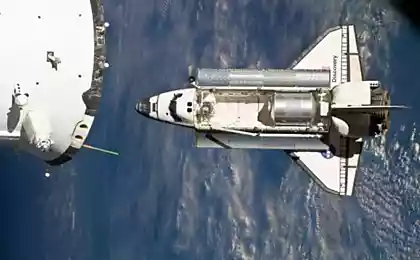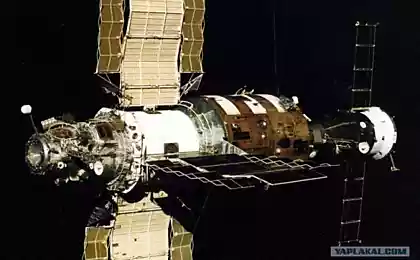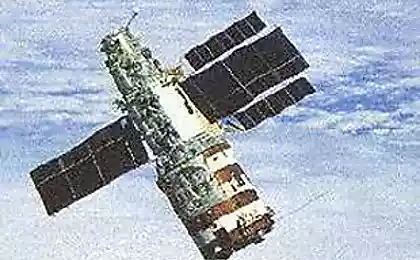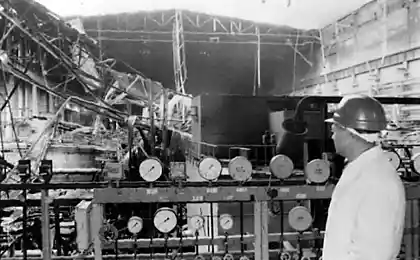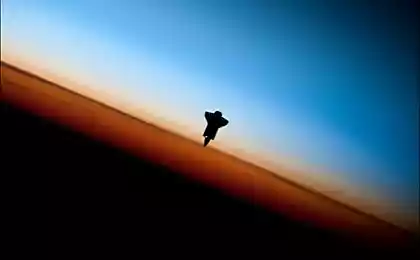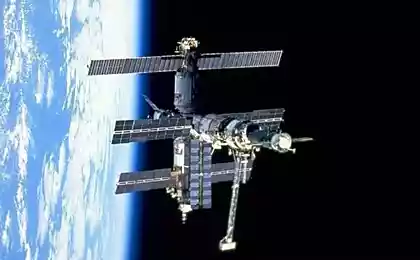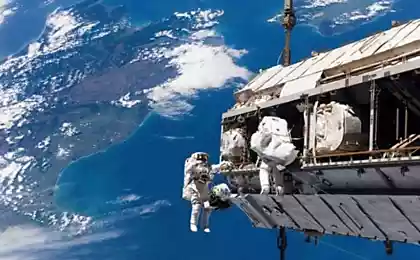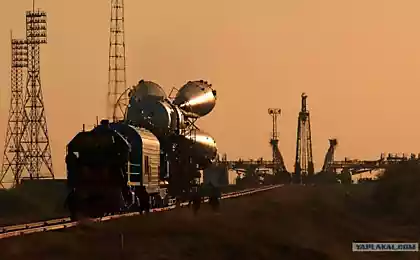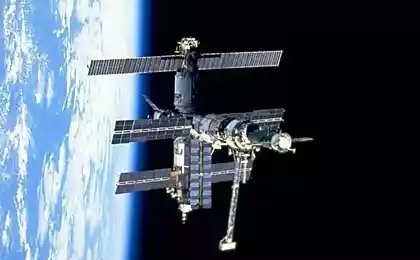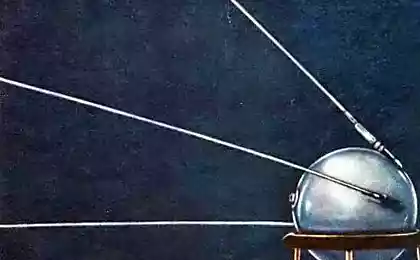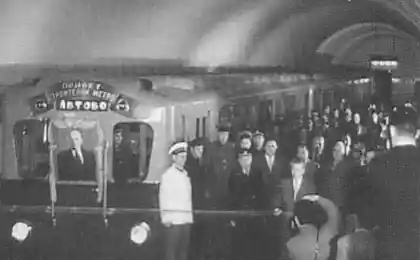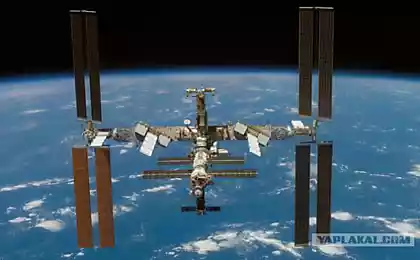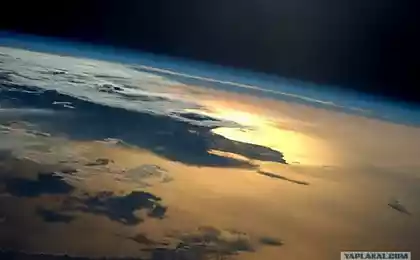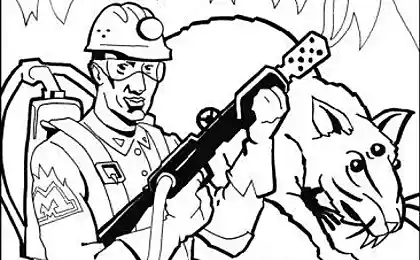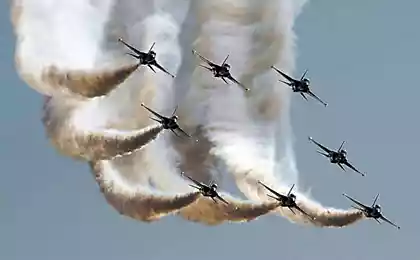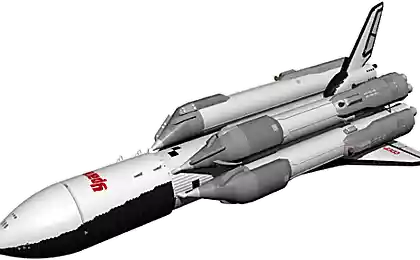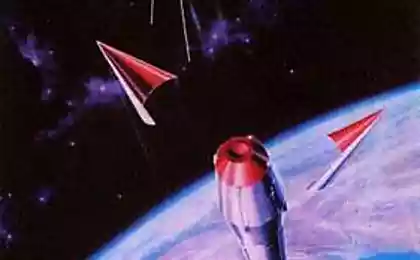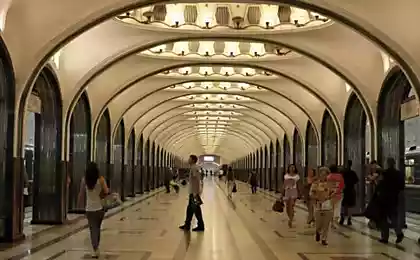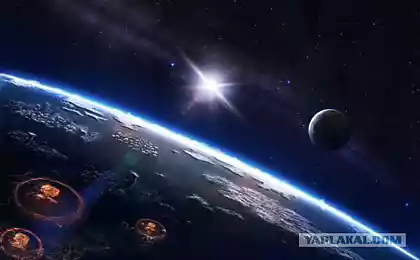1640
Photos from the International Space Station
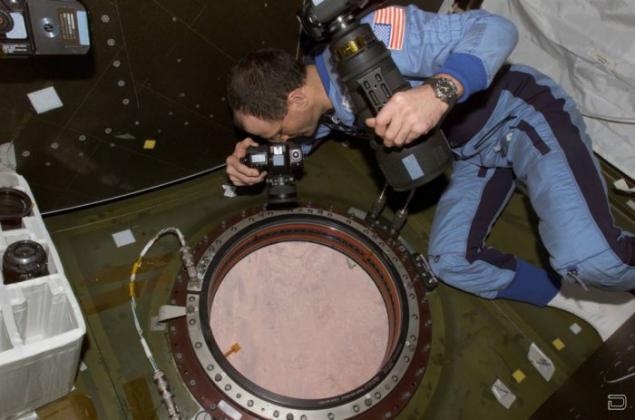
Astronauts aboard the International Space Station using a portable camera, with which since November 2009 has been made more than 450 000 photos of the Earth from a distance of about 354 km. As noted by Cindy Evans from NASA Johnson Space Center in Houston, the flexibility of the camera and the ability to change lenses and change interesting perspectives - these are just a few advantages over the portable camera stationary. In this photo Donald Petty pictures of Earth from the lab "Destiny" on the International Space Station. (NASA)
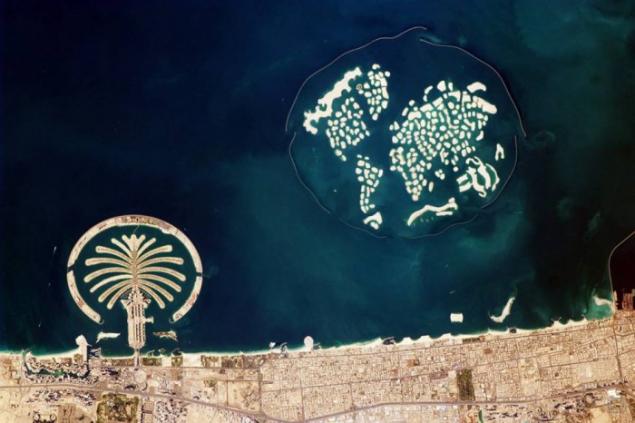
Among the best applications of the space station, according to Evans, is the prospect that it offers the development of mankind. For example, January 13, 2010 in Dubai, United Arab Emirates image shows the city from the air. Pictured left Jumeirah - the island in the form of palm trees, to the creation of which took more than 1, 7 billion cubic feet of sand. Right in the photo world island, completed in 2008, they took 11, 3 billion cubic feet of sand. Bottom right you can see the Burj Khalifa - the tallest skyscraper, opened on January 4. (Image Science & Analysis Laboratory, NASA Johnson Space Center)
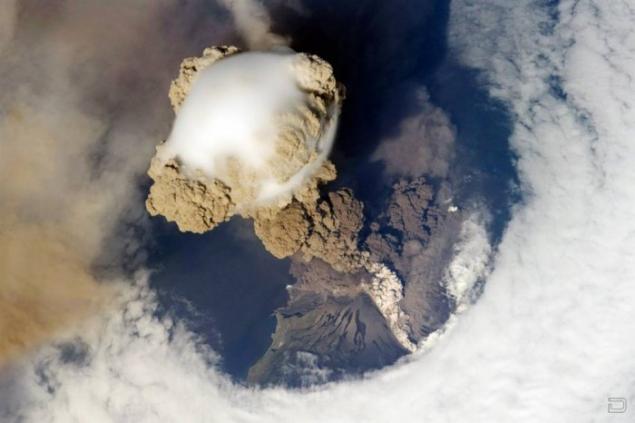
June 12, 2009 Space Station successfully passed over the volcano Sarychev in the Kuril Islands, in the north-east of Japan, during the early stage of its eruption. Scientists are particularly interested in how clouds are formed over a column of ash and around. "The ability to understand how a volcano eruption - one of the benefits of science," - says Evans. (Image Science & Analysis Laboratory, NASA Johnson Space Center)
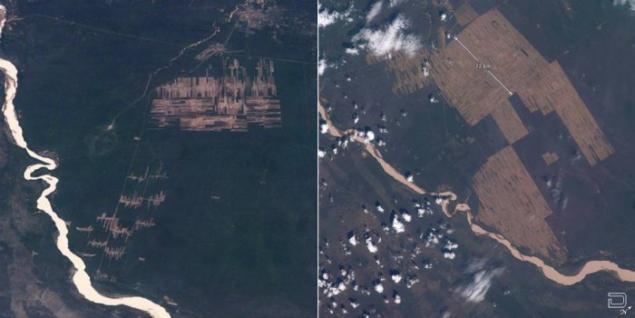
Astronauts use a portable camera for 45 years, that allows you to create an archive of gradual changes in the landscape of the earth at different sites. On these pictures you can see the entire progress of tropical deforestation in eastern Bolivia to agricultural fields. Photo on the left was made of the space shuttle in November 1995. Photo on the right - a more detailed view of the same region in November 2008. (Image Science & Analysis Laboratory, NASA Johnson Space Center)
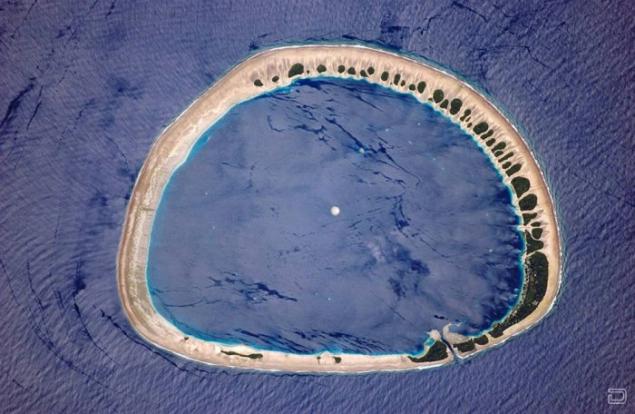
The astronauts are in orbit over the western part of the Pacific Ocean, they have not seen the land. Then there are the atolls and coral reefs, then that astronauts and reach for their cameras. "They see these pearls in the ocean and want to capture them in a detailed form," - says Evans. Atoll Nukuoro Language Caroline Islands in the north-east of Papua New Guinea were captured May 31, 2006. 42 "islands" of green on the island are blown by the east wind. On the island of small settlements live about 900 people. Images taken from the International Space Station used Conservationist to monitor "state of health" of such places. (Image Science & Analysis Laboratory, NASA Johnson Space Center)
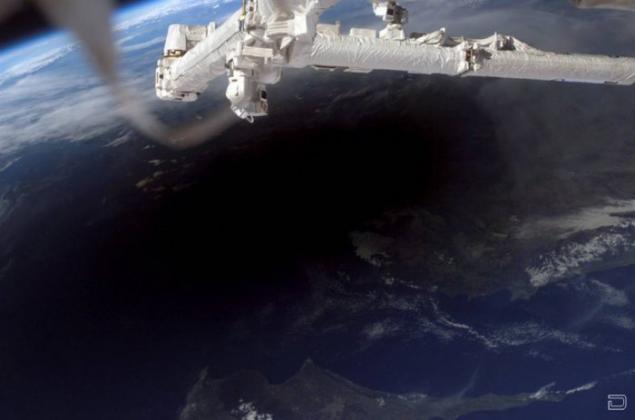
Fans of solar eclipses were ready to go to the ends of the earth, only to see the moon obscuring the sun. Astronauts Space Station took this picture of the lunar shadow, cover with Turkey, the northern part of Cyprus and the Mediterranean Sea during a total solar eclipse of March 29, 2006. (Image Science & Analysis Laboratory, NASA Johnson Space Center)
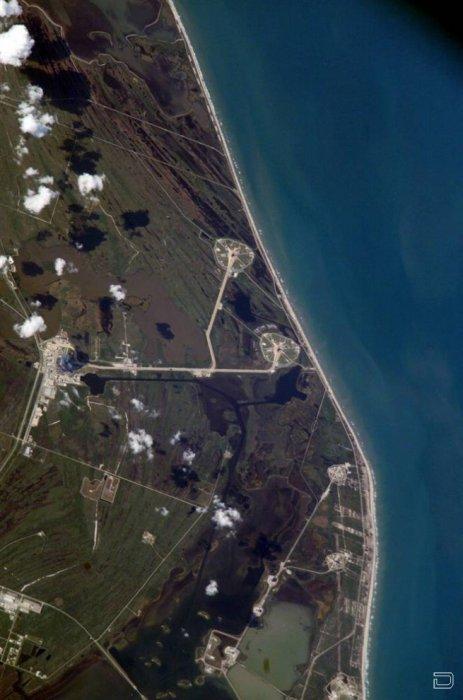
This photo was taken April 6, 2005, during the passage of the station over the Kennedy Space Center in Florida, the shuttle «Discovery» ready to run on a platform of 39-B. Shuttle reunited with jet accelerators for solid fuel about halfway 13-hour journey from the assembly building (left in the photo) to the platform (top center). Shuttle successfully took off July 26, 2005 and brought all the necessary cargo to the station. (Image Science & Analysis Laboratory, NASA Johnson Space Center)
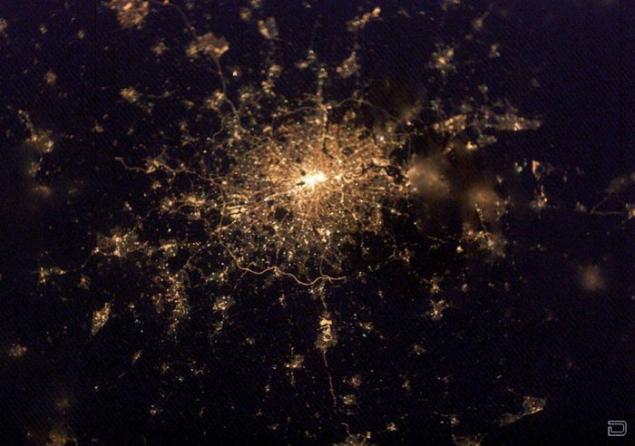
City - one of the most popular sites for astronauts from NASA. "People like to think that they look not only satellites but also the people on the Earth's orbit," - says Evans. In this photo of London 4 February 2003 clearly shows the population density of the city. City Center - the brightest point from which radiates light strips. Fuzzy areas in the photo may be clouds or fog. (Image Science & Analysis Laboratory, NASA Johnson Space Center)
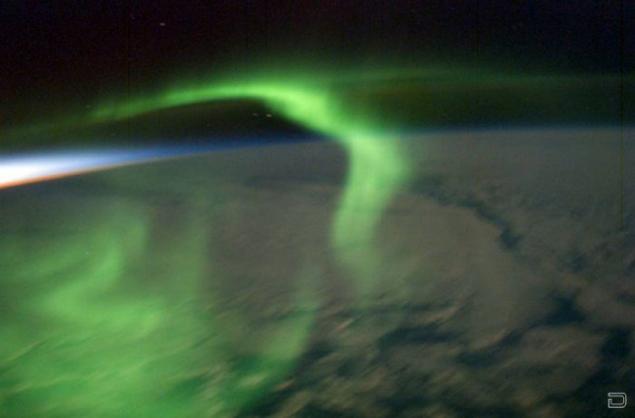
Some members of the crew admired the northern lights - light in the night sky that appears when oxygen and nitrogen atoms are under attack by solar particles. Astronauts learn to take pictures of the northern lights, which will be a lot of sense. Crew member "Expedition 22" Donald Petit took a few pictures of the northern lights in January and February 2003, including this shot shine almost immediately after sunset. (Image Science & Analysis Laboratory, NASA Johnson Space Center)
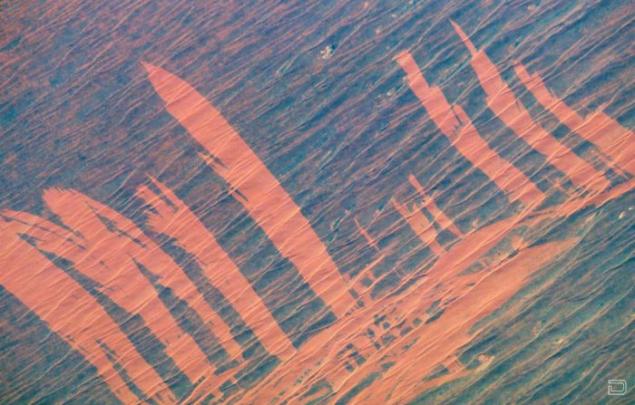
Raging in the Simpson Desert in Australia fire left her red scars. Orange stripes in this picture November 23, 2002 there were when the fire went through the desert scrub, exposing the sand dunes beneath them. By the pattern can be assumed that the fire was moving to the left on the bottom undulating dunes downwind. Then the wind changed direction somewhere at 90 degrees, and the fire went across the existing bands. These scars will disappear with the advent of the new vegetation. (Image Science & Analysis Laboratory, NASA Johnson Space Center)

From the outset, the astronauts on the space station has attracted the process of nucleation storm or hurricane. In this photo - the first image from the space station - Storm clouds above the Earth. The photo was taken by the electric camera. Today, the space station is equipped with high-quality digital cameras Nikon. (Image Science & Analysis Laboratory, NASA Johnson Space Center)
